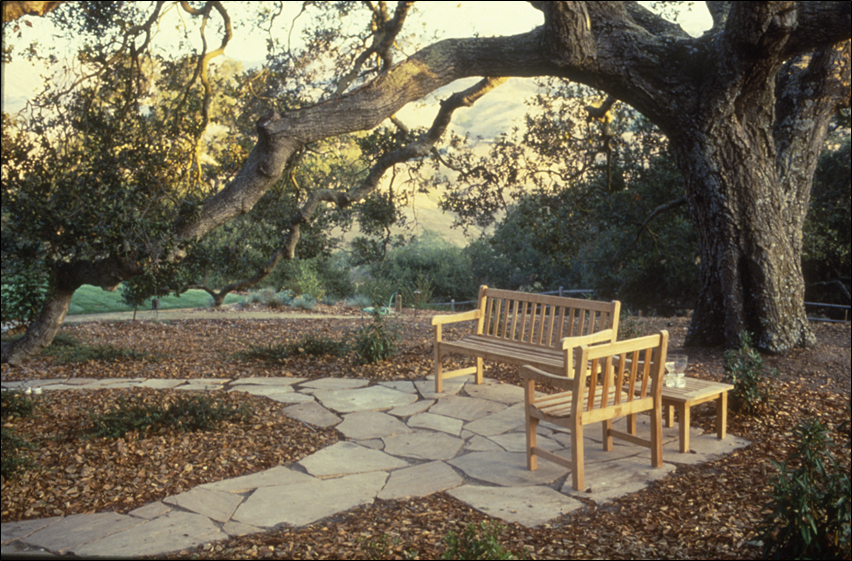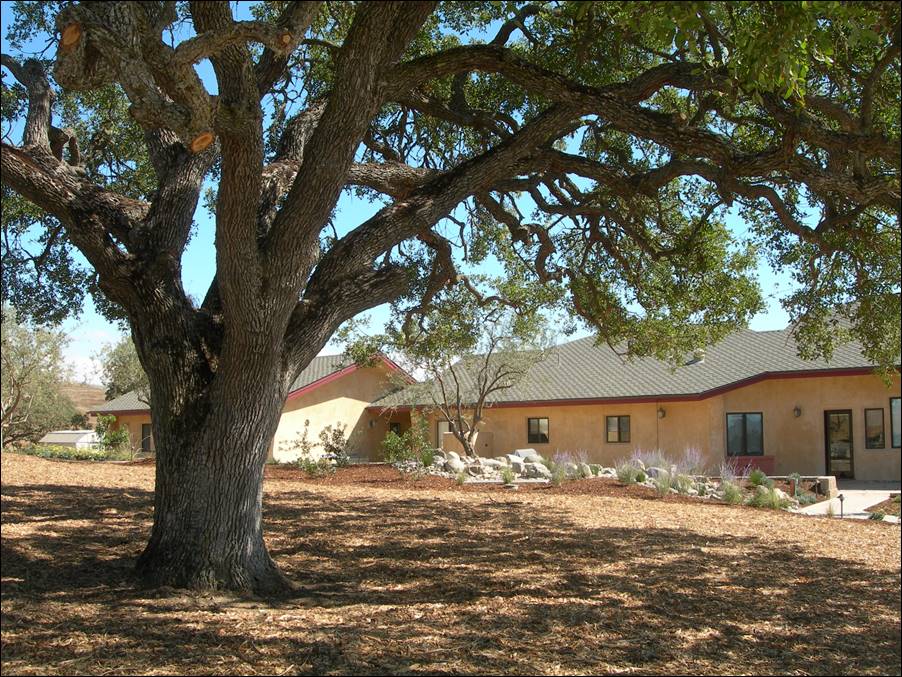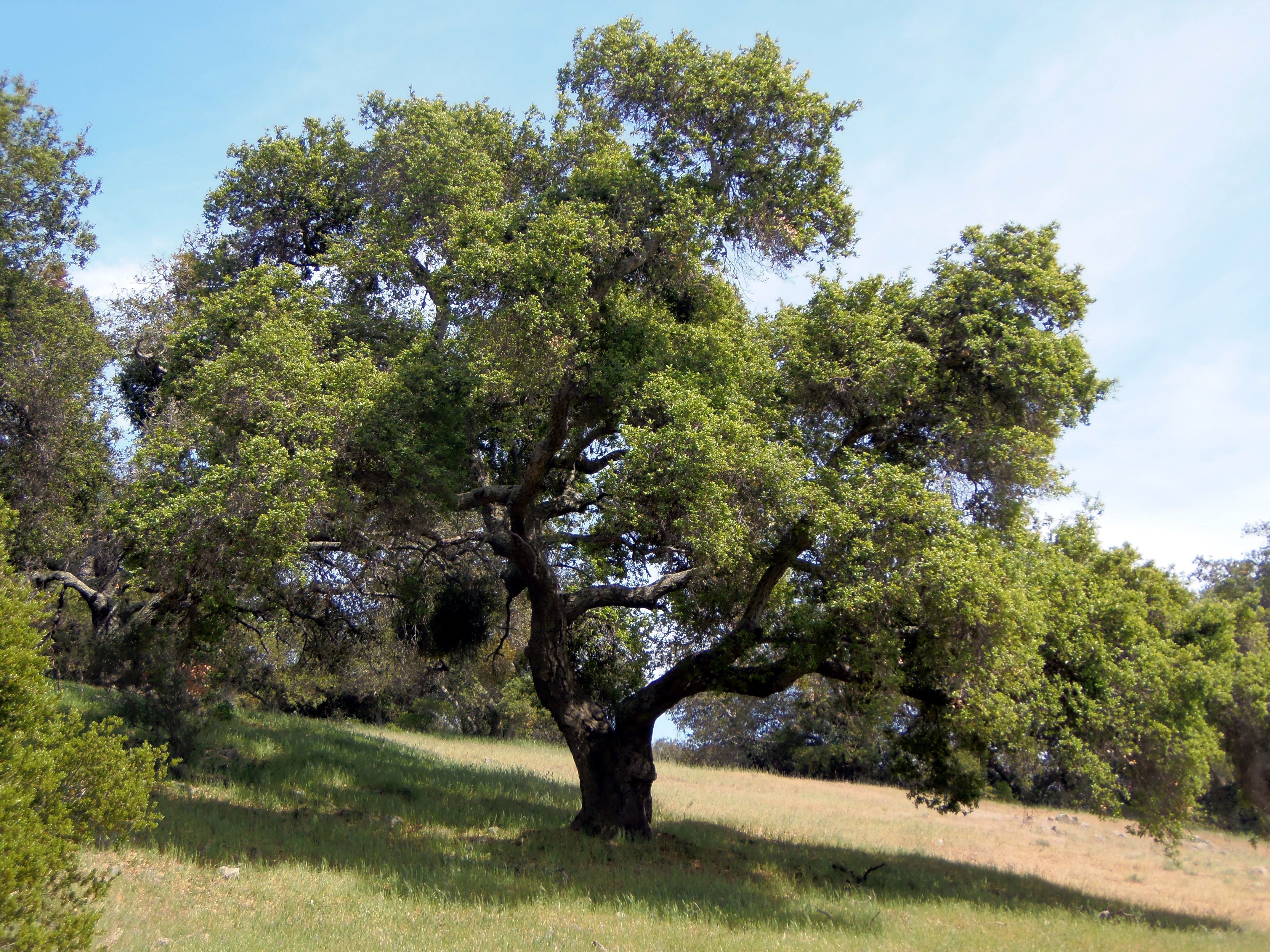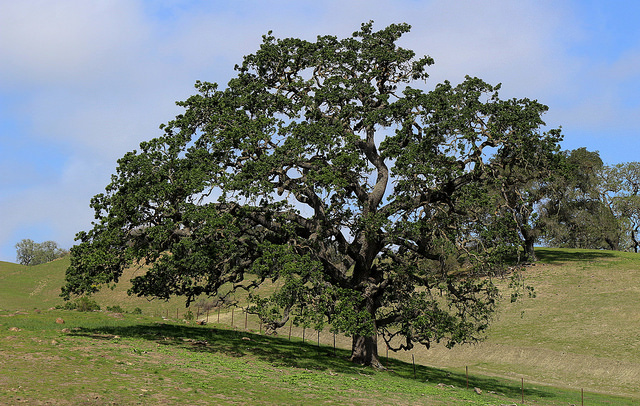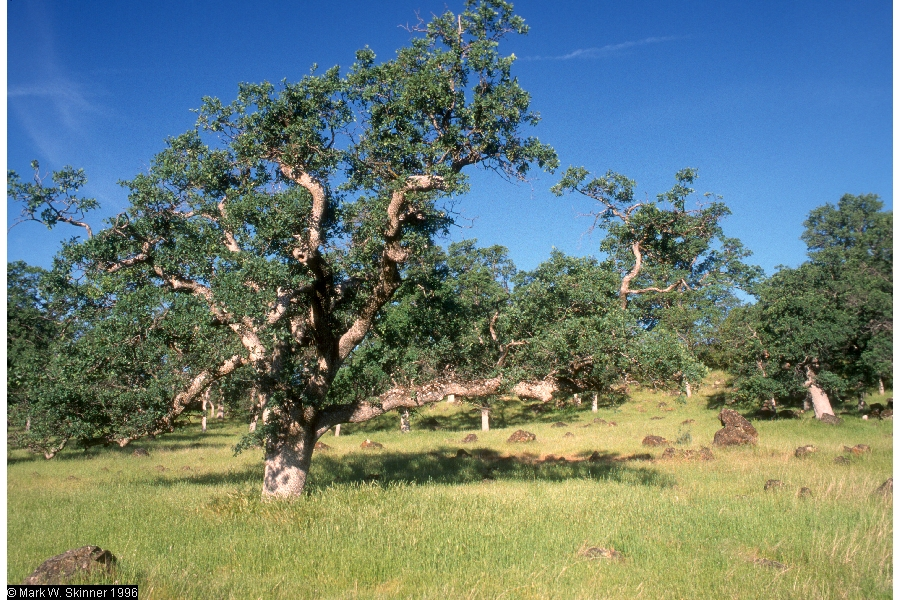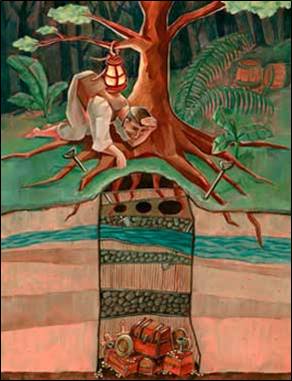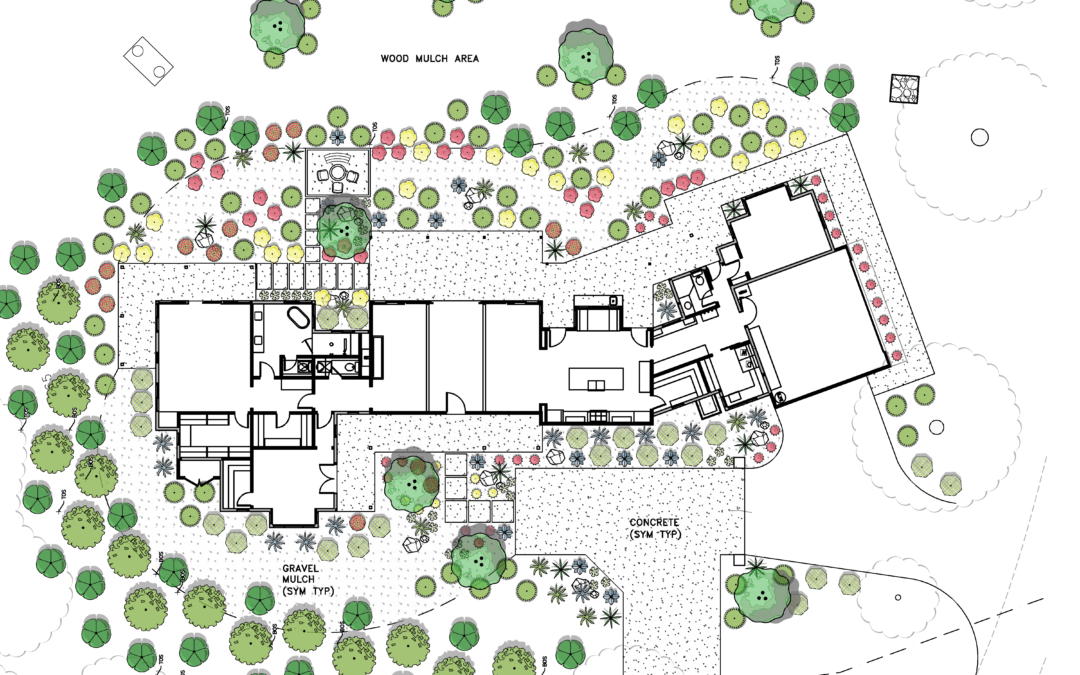
On the Boards: Arroyo Grande Countryside Residence
Located between Arroyo Grande and San Luis Obispo, this new home sits amidst rolling hills and breathtaking views. The hardscape aesthetic plays off the modernized farmhouse architecture, with clean lines and concrete. A soft native and Mediterranean-inspired plant palette flows into the surrounding native meadow environment.
Madrone was hired to do an all-encompassing design for planting, hardscape, and irrigation with lighting placement and specifications, plus some detail features such as fountains.
The scale of the site demanded thoughtful restraint to minimize future maintenance requirements, as well as a smooth transition from “kept” landscape areas to the natural surroundings. With an upper tier designated as the “kept” landscape, the area below it remains a native meadow. We created a seamless transition by staggering slightly fuller specimens to blur the edge of the landscaped slope.
The design utilizes clusters of plantings to form implied pathways. When walking through the landscape, it will feel light and airy. When sitting down, the view will be a full and lush landscape.
Just as the home was constructed to be fire safe, we kept fire safety in mind with the landscape design. Using Cal Fire’s recommendations for defensible space to inform our design, we used gravel as our mulch material closer to the home and populated the plant list with low-risk plant materials.
Building a new home demands time, energy, patience, and confidence. It was a gift to work with a conscientious client who thoughtfully assembled their team of professionals to craft solutions for both the indoor and outdoor environments.

